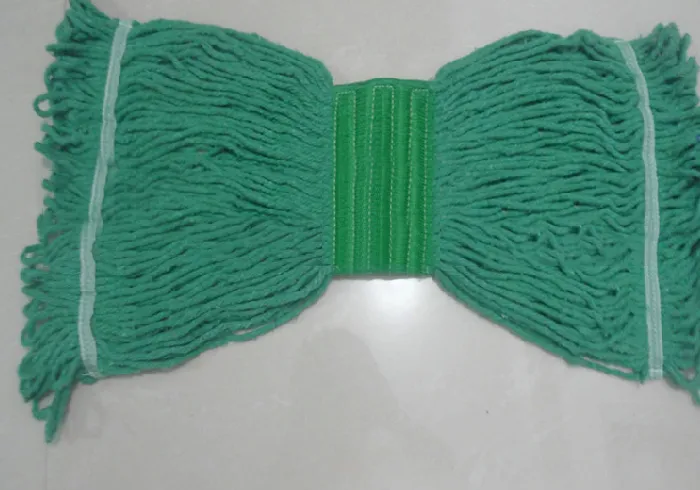Choosing the Right Walking Foot for Thick Fabrics to Enhance Your Sewing Experience
The Walking Foot A Game Changer for Thick Fabrics
Sewing enthusiasts and professionals alike often encounter challenges when working with thick fabrics. Whether it’s upholstery material, multiple layers of denim, or quilt batting, using the right tools is essential for achieving a high-quality finish. One such indispensable tool is the walking foot. This specialized sewing machine attachment has garnered a reputation for revolutionizing the way we handle thick fabrics, making it a must-have for anyone serious about sewing.
What is a Walking Foot?
A walking foot is a type of presser foot that features an additional set of feeding mechanisms on top of the fabric. Unlike standard presser feet that rely solely on the machine’s feed dogs to move the fabric beneath the needle, the walking foot grips the fabric from above and moves it in sync with the feed dogs below. This dual feeding action prevents slippage and ensures that all layers of fabric are fed evenly through the machine, which is particularly helpful when sewing thick or textured materials.
Advantages of Using a Walking Foot
The primary advantage of using a walking foot is the improved fabric control it provides. When working with thick fabrics, the risk of uneven sewing increases due to the bulk of the material. A walking foot helps to maintain an even stitch length, minimizing the risk of puckering or distortion that can occur when multiple layers are sewn together.
Additionally, walking feet are ideal for quilting. Quilters often encounter difficulties when piecing together layers of fabric and batting. The walking foot ensures that all layers are fed evenly through the machine, resulting in cleaner seams and a more polished final product. This aspect alone makes it a favorite among quilters, especially for large quilts where a traditional foot may struggle to manage the fabric layers.
Moreover, a walking foot is beneficial when working with fabrics that have a tendency to stretch or shift, such as knits or certain types of lightweight materials. This foot can help maintain the integrity of the stitch and keep the fabric from distorting as it passes through the machine.
walking foot for thick fabric

Choosing the Right Walking Foot
When selecting a walking foot, there are several factors to consider. First, ensure that the walking foot is compatible with your sewing machine model. Many manufacturers create specific walking feet designed to fit various sewing machines, so checking compatibility is crucial.
Additionally, consider the type of projects you plan to undertake. Some walking feet come with adjustable features, allowing for different stitch widths and lengths. If you work on diverse projects, investing in a more versatile walking foot could be beneficial.
Tips for Using a Walking Foot
To get the best results when using a walking foot, there are a few tips to keep in mind. First, always test your stitch on a scrap piece of fabric before starting on your actual project. This will help you adjust tension and stitch length as necessary.
Second, use appropriate needles and thread for your fabric type. Heavy-duty needles are ideal for thick fabrics, while finer needles work better on lighter materials. Finally, take your time and sew at a steady pace. Rushing can lead to mistakes, especially when working with bulky fabrics.
Conclusion
The walking foot is more than just a sewing accessory; it’s a game-changer for anyone working with thick fabrics. Its ability to offer even feeding, reduce puckering, and enhance sewing precision makes it an essential tool for quilters, upholsterers, and garment makers alike. By embracing the walking foot, sewists can elevate their projects, achieve professional results, and enjoy the creative process without the frustrations that often accompany sewing thick materials. Whether you’re a hobbyist or a seasoned professional, the walking foot will undeniably make your sewing journey more enjoyable.
-
Leather Sewing Machine: The Industrial Standard for Tough MaterialsNewsJul.18,2025
-
Sail Making Machine: Heavy-Duty Stitching for Industrial and Marine NeedsNewsJul.18,2025
-
Sling Sewing Machine: The Backbone of Heavy-Duty FabricationNewsJul.18,2025
-
Leather Sewing Machine: Precision for Heavy-Duty StitchingNewsJul.18,2025
-
Big Bag Sewing Machine: Powering the Future of Bulk PackagingNewsJul.18,2025
-
FIBC Sewing Machine: Essential Equipment for Bulk Bag ProductionNewsJul.18,2025
-
Heavy Duty Leather Sewing Machine: A Must-Have for Professional LeatherworkNewsMay.28,2025





























